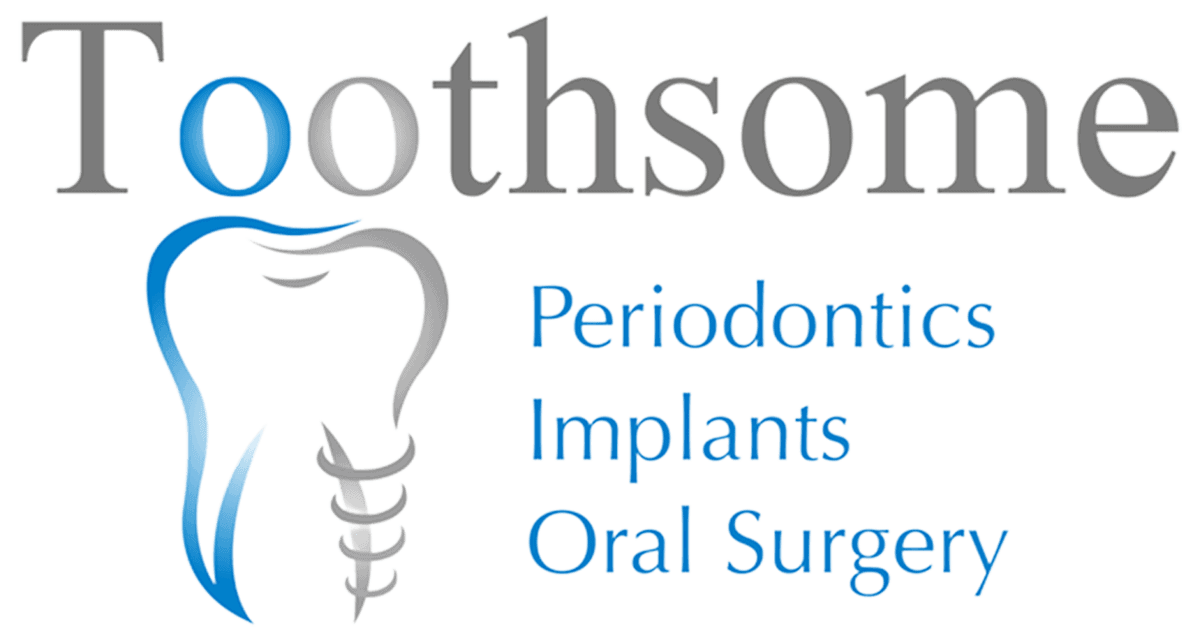
Missing teeth are a common problem in Australia, with the average adult Australian missing 4.5 teeth. Having missing teeth can make you self-conscious about your smile, cause jaw misalignment, or alter the shape of your face.
If you want to replace your missing teeth, get a consultation at your local dental clinic in Sydney with Toothsome. Our dentists can prescribe state-of-the-art tooth replacement technology such as Straumann digital dental implants.
Learn about the stages of dental implants and what you can expect from the dental implant procedure.
What Are Dental Implants?
Dental implants are small metal screws inserted into the jawbone through a series of dental operations. Unlike dentures that can be easily removed, dental implants are permanent replacements that feel and act like your natural teeth.
Our Toothsome dental implant team uses Straumann brand Roxolid® dental implants composed of high-performance zirconium and titanium alloy. These implants have a smaller diameter and typically shorter shaft, allowing for reduced osseointegration time and less invasive surgery.
The dental implant procedure can replace a single tooth, using a crown as the replacement tooth. Dental implants can also be used to replace several teeth at once; a full mouth restoration, also called all-on-six implants. Bridge-on-four implants are used to replace some or all of the teeth.
The Stages of Dental Implants
There are four stages of dental implants, including recovery and healing time. A dentist that offers consultation, like our team at Toothsome, can discuss the dental implant procedure with you before your treatment begins.
Consultation
During the initial stages of dental implants, your dentist at Toothsome evaluates your remaining teeth, gums, and jawbone using state-of-the-art digital scanning equipment to decide the best treatment strategy for you. Your dental specialist will also use CAD/CAM technology to create customised temporary and permanent crowns for your dental implants.
Sometimes, additional treatment is necessary before the stages of dental implants can begin. If there is insufficient bone density in the jaw or the gums have been damaged, bone or gum grafting techniques may be necessary before the dental implant procedure.
Implant and Abutment Placement
The second stage of the dental implant procedure is implant placement. Your dentist exposes the jawbone by cutting an incision in the gum. Your customised, high-performance Straumann dental implants are surgically placed into holes drilled in the jawbone.
An abutment may be placed at this time or during a second outpatient procedure under local anaesthetic. The abutment is a small metal extender that connects the dental implant with the replacement crown or bridge.
Osseointegration
Once the dental implants and abutments are in place, osseointegration is the next part of the dental implant procedure. Osseointegration refers to the process by which the implant post fuses with the surrounding jawbone tissue. This part of the dental implant procedure is crucial so that the bone and tissue surrounding the dental implants can strengthen to support the implants.
Osseointegration can take six to nine months, depending on your general health and the number and type of implants received. Once the healing and bone integration has taken place, your dental implants will be fully supported and incorporated into your jawbone. This allows the dental implants to act as the artificial tooth’s root.
Tooth Replacement
The final stage of getting dental implants is your replacement tooth or teeth. During your initial consultation at Toothsome, your dentist digitally scans your mouth to get a perfect replacement crown custom-fitted to your mouth and implant.
After osseointegration, the customised replacement, a single crown, dental bridge, or full replacement dental arch will be fitted to your dental implants.
Some discomfort, swelling, or sensitivity may occur after each surgery, but these are normal and temporary. You can manage any discomfort with OTC pain relievers and an ice pack.
After your dental implant surgery is finished, regular brushing, flossing, and check-ups with your dentist are essential for maintaining your oral health and ensuring the success of your dental implants.
Is the Dental Implant Procedure Right for You?

Dental implants have a 90%- 95% success rate even after ten years. Although dental implants aren’t susceptible to tooth decay like natural teeth, the surrounding gums and teeth can still be affected by gum disease and cavities, so regular oral hygiene and dental check-ups are essential.
Some patients may be unsuitable for the dental implant procedure. People with severe gum disease may need additional treatments before dental implants, and smokers may also be poor candidates for implants. Some medications, autoimmune disorders, cancers, and blood disorders can affect the success rate of the dental implant procedure.
Dental Implants Near You
You can find out whether dental implants are right for you by getting a dental consultation near you at Toothsome. We have three Sydney-based locations where our experienced staff can offer high-quality care for all your dental needs, from your first consultation to post-treatment recovery. You can rest assured that our dental team ensures you are comfortable with every aspect of your treatment because your oral health and smile are our priority.
Contact Toothsome Implant Chatswood: (02) 8203 8786, Baulkham Hills: (02) 9158 6637 or Sydney: (02) 9159 3728 for an appointment.
Note: Any surgical or invasive procedure carries risks. Before proceeding, you should seek a second opinion from an appropriately qualified health practitioner.



